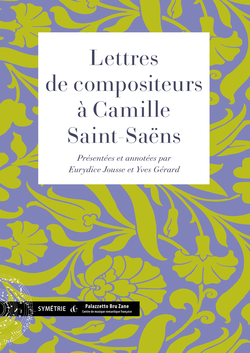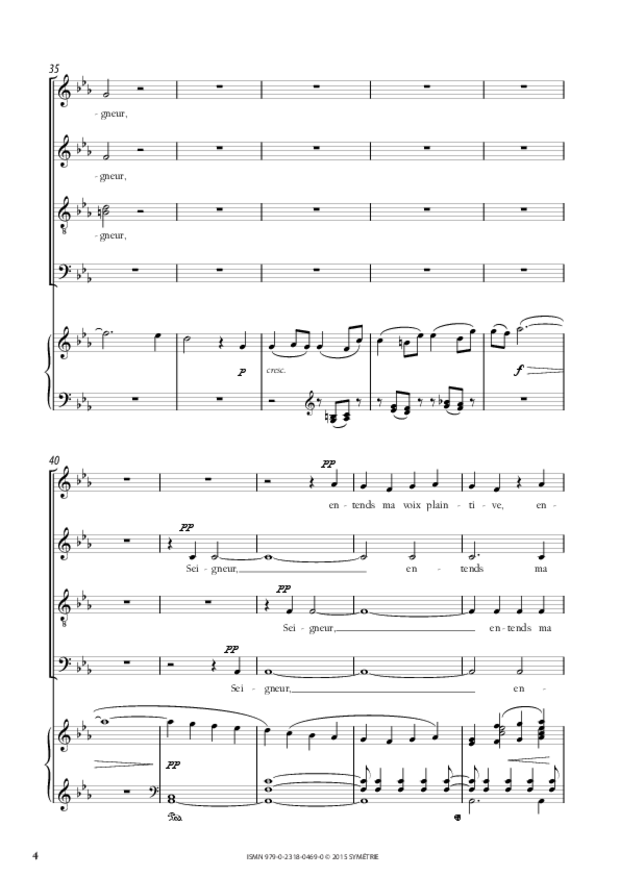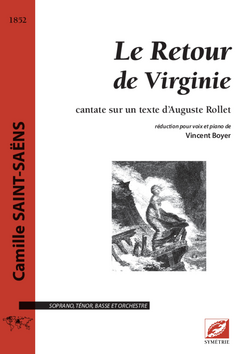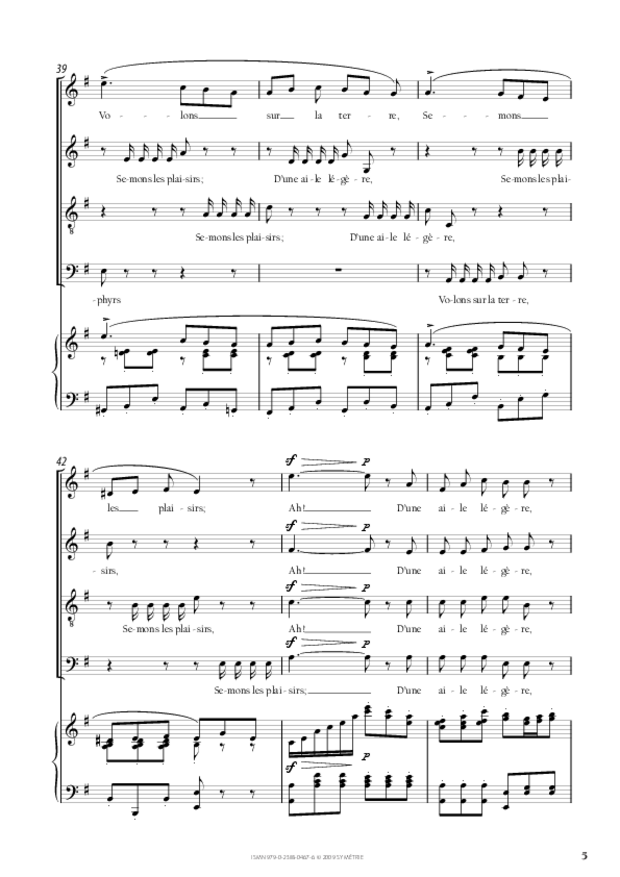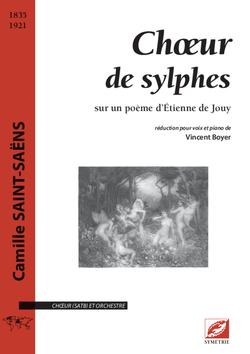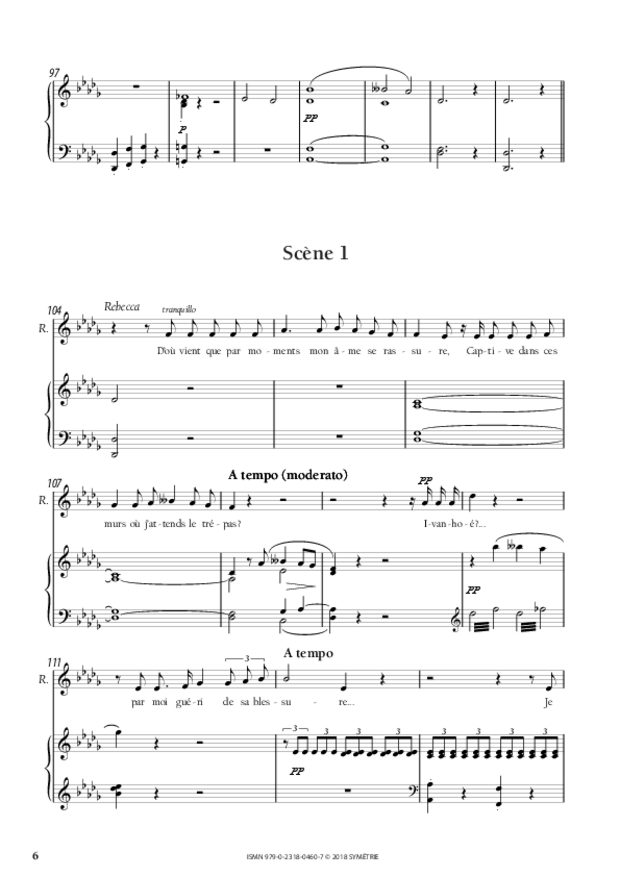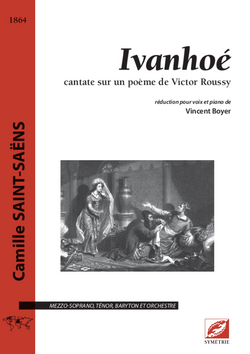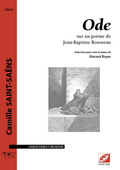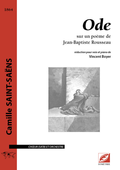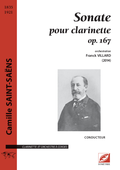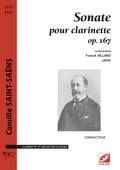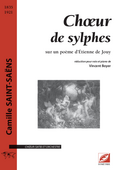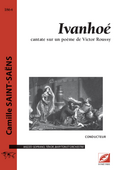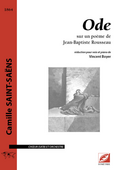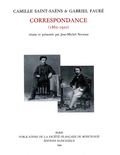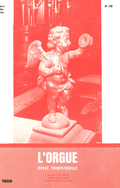A fatherless child like Charles Gounod, Camille Saint-Saëns was raised by his mother and grand-aunt. The latter introduced him to the piano before entrusting him to Camille Stamaty and Pierre Maleden. Extraordinarily gifted at an early age, Saint-Saëns made his first public appearance in 1846. Two years later, he was at the Paris Conservatoire in the classes of Benoist (organ) and Halévy (composition). Though he failed twice at the Prix de Rome competition, his whole career was distinguished by many awards and appointments at several institutional positions, among which a seat at the Academy in 1881. A virtuoso resident organist at la Madeleine church (1857-1877), he made a lasting impression on his contemporaries. Saint-Saëns was a fruitful and learned composer who played an active part in rehabilitating old masters through new editions of Gluck and Rameau. He was eclectic in his tastes and promoted Wagner as well as Schumann. He was the teacher of Gigout, Fauré and Messager. As a music critic, he wrote many articles showing a clear and strong mind, though very committed to academic principles.
This very same independent and willful mind prompted him to found in 1871 the National Music Society, of which he resigned in 1886. Admired for his orchestral pieces, imbued with a classical rigor not devoid of daring style (5 piano concertos, 5 symphonies among which the last one with organ, 4 symphonic poems, among which the famous Danse macabre), he achieved international fame with his operas Samson et Dalila (1877) and Henry VIII (1883).
Publications
Format bibliographique à copier
Saint-Saëns, Camille. Chœur de Sylphes, pour chœur et orchestre, Symétrie, 2019, 40 p.Saint-Saëns, Camille. Ode, pour chœur et orchestre, Symétrie, 2019, 40 p.
Saint-Saëns, Camille. Le Retour de Virginie, cantate sur un texte d’Auguste Rollet, réduction piano de Vincent Boyer, Symétrie, 2018, 67 p.
Saint-Saëns, Camille. Ivanhoé, cantate, réduction piano de Vincent Boyer, préface de Cyril Bongers, Symétrie, 2018, 76 p.
Saint-Saëns, Camille. Ode, sur un poème de Jean-Baptiste Rousseau, réduction piano de Vincent Boyer, préface de Cyril Bongers, Symétrie, 2015, 21 p.
Saint-Saëns, Camille. Chœur de sylphes, sur un poème d’Étienne de Jouy, réduction piano de Vincent Boyer, préface de Cyril Bongers, Symétrie, 2015, 23 p.
Saint-Saëns, Camille. Sonate pour clarinette op. 167, orchestration de Franck Villard, Symétrie, 2014, 57 p.
Saint-Saëns, Camille. Sonate pour clarinette op. 167, orchestration de Franck Villard, Symétrie, 2014, 57 p.
Saint-Saëns, Camille. Chœur de Sylphes, pour chœur et orchestre, Symétrie, 2009, 40 p.
Saint-Saëns, Camille. Ode, pour chœur et orchestre, Symétrie, 2009, 40 p.
Saint-Saëns, Camille. Le Retour de Virginie, cantate, Symétrie, 2009, 164 p.
Saint-Saëns, Camille. Ivanhoé, cantate, Symétrie, 2009, 196 p.
Saint-Saëns, Camille & Fauré, Gabriel, Nectoux, Jean-Michel (édition scientifique). Correspondance (1862-1920), Société française de musicologie, 1994, 168 p.
Saint-Saëns, Camille. « L’orgue, article de Camille Saint-Saëns », L’Orgue, n° 130 (1969/II) : « Table ronde sur la musique religieuse — Le grand orgue de l’église Saint-Michel de Gaillac — Le testament d’Émile Rupp — Le grand orgue de la cathédrale d’Oliwa — L’orgue, article de Saint-Saëns (L’Orgue n° 130 (1969/II)) », Association des Amis de l’orgue, p. 62.
Jousse, Eurydice & Gérard, Yves (édition scientifique). Lettres de compositeurs à Camille Saint-Saëns, préface de Pierre Ickowicz, Symétrie, 2009, 704 p.

